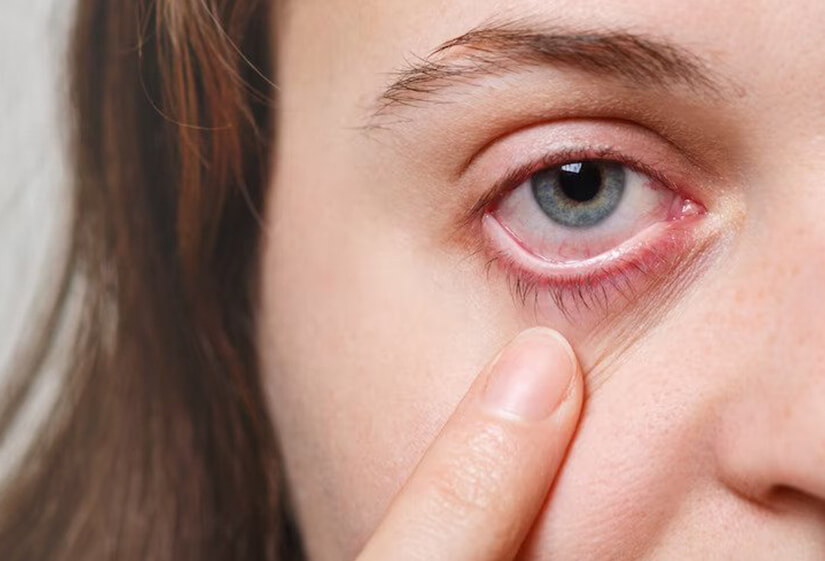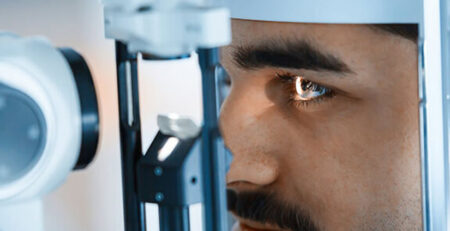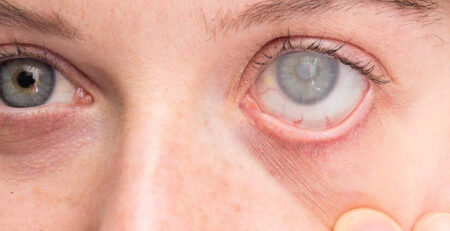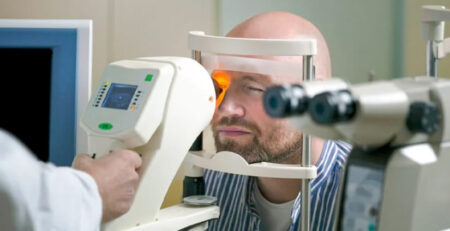What Is The Best Treatment For Diabetic Retinopathy?
Diabetic retinopathy is a serious eye condition caused by high blood sugar levels damaging the blood vessels in the retina, the light-sensitive tissue at the back of the eye. Diabetic retinopathy can lead to vision loss or blindness if left untreated.
Several treatment options are available for this procedure, but no one-size-fits-all approach exists. The best diabetic retinopathy treatment depends on the severity of your condition and the stage of the disease.
Let’s explore the different treatments for diabetic retinopathy.
Treatment for Diabetic Retinopathy
Here are the most common treatment options for diabetic retinopathy based on the stages.
1- Intravitreal Injections
There are two main categories of intravitreal injections:
Intravitreal Anti-VEGF Injections: For people with diabetic macular edema, a common complication of this procedure, intravitreal anti-VEGF injections are a common and highly effective treatment method. VEGF (Vascular Endothelial Growth Factor) is a protein that promotes the growth of abnormal blood vessels in the retina. Anti-VEGF injections block this protein, preventing further damage to the retina and, in many cases, improving vision. The most common types of anti-VEGF injections used for diabetic retinopathy treatment are:
- Ranibizumab (Lucentis/accentrix)
- Aflibercept (Eylea),
- Brolucizumab (Pagenax)
- Avastin
Corticosteroid Injections: Corticosteroids are anti-inflammatory drugs that can help to reduce swelling and inflammation in the retina. The most common corticosteroid used for intravitreal injections is dexamethasone and comes as an implant.
Know more about intravitreal injections and their cost here.
2- Laser Treatment
There are two main types of laser treatment for diabetic retinopathy: focal laser treatment and scatter laser treatment.
Focal Laser Treatment (photocoagulation): It is typically used to treat diabetic macular edema. In this treatment, a laser is used to create small burns on the retina, which seal off the abnormal blood vessels and reduce the leakage of blood and fluid within the eye, eventually reducing the fluid collecting at the macula or the central point of the retina.
Scatter Laser Treatment (pan-retinal photocoagulation): For the advanced proliferative stage of diabetic retinopathy, the best eye specialist in Delhi may recommend scatter laser treatment. This procedure involves making many small laser burns in the retina to shrink blood vessels and reduce the risk of bleeding. This is done in multiple sittings.
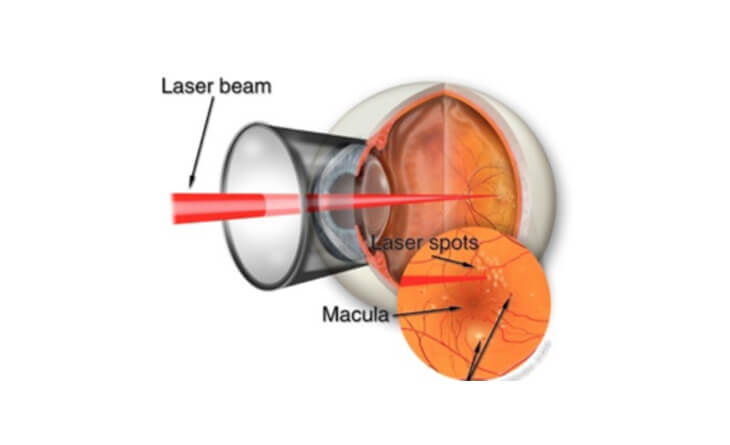
3- Vitrectomy Surgery
In advanced cases of diabetic retinopathy with significant bleeding into the eye’s vitreous gel or causing tractional retinal detachment, vitrectomy surgery may be required. The surgery is performed under anesthesia. During the surgery, the eye specialist will make a small incision in your eye and remove the cloudy vitreous gel from your eyeball. Then, this gel is replaced with a clear fluid, a gas bubble or silicon oil. Vitrectomy is typically considered when other treatments are unsuccessful in managing the condition.
Diabetic retinopathy treatment cost and choice depend on the specific type and stage of the condition. However, the importance of proactive management of diabetes cannot be neglected. Regardless of the stage of this procedure, controlling blood sugar levels, blood pressure, and cholesterol is essential because uncontrolled diabetes can exacerbate retinopathy and make treatment less effective.
If you are experiencing the symptoms of this procwedure, consult with Dr Anisha Gupta, an eye specialist in Delhi. She will assess your eye condition and prescribe the best diabetic retinopathy treatment based on the stage of the disease.

